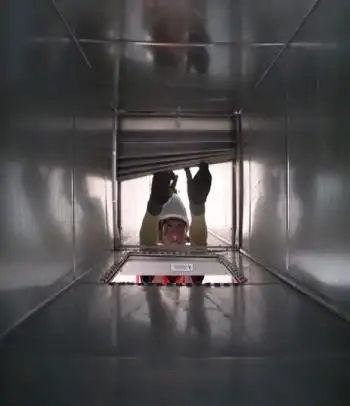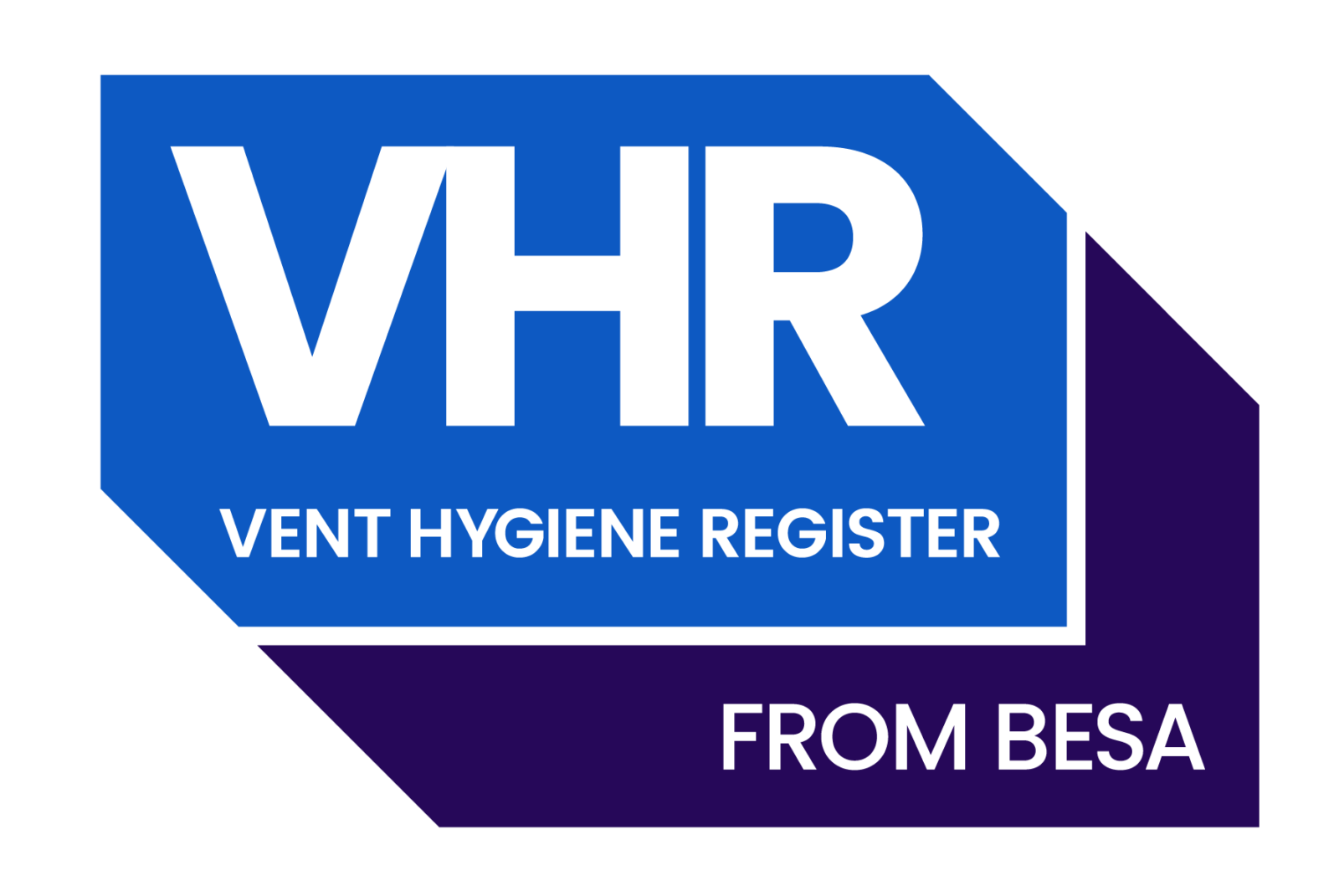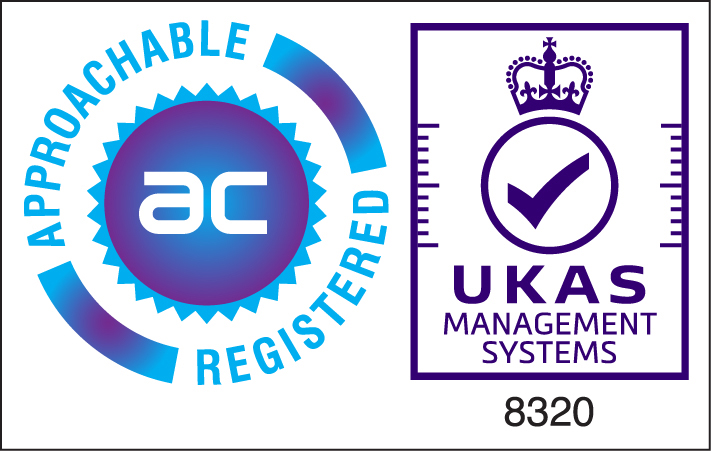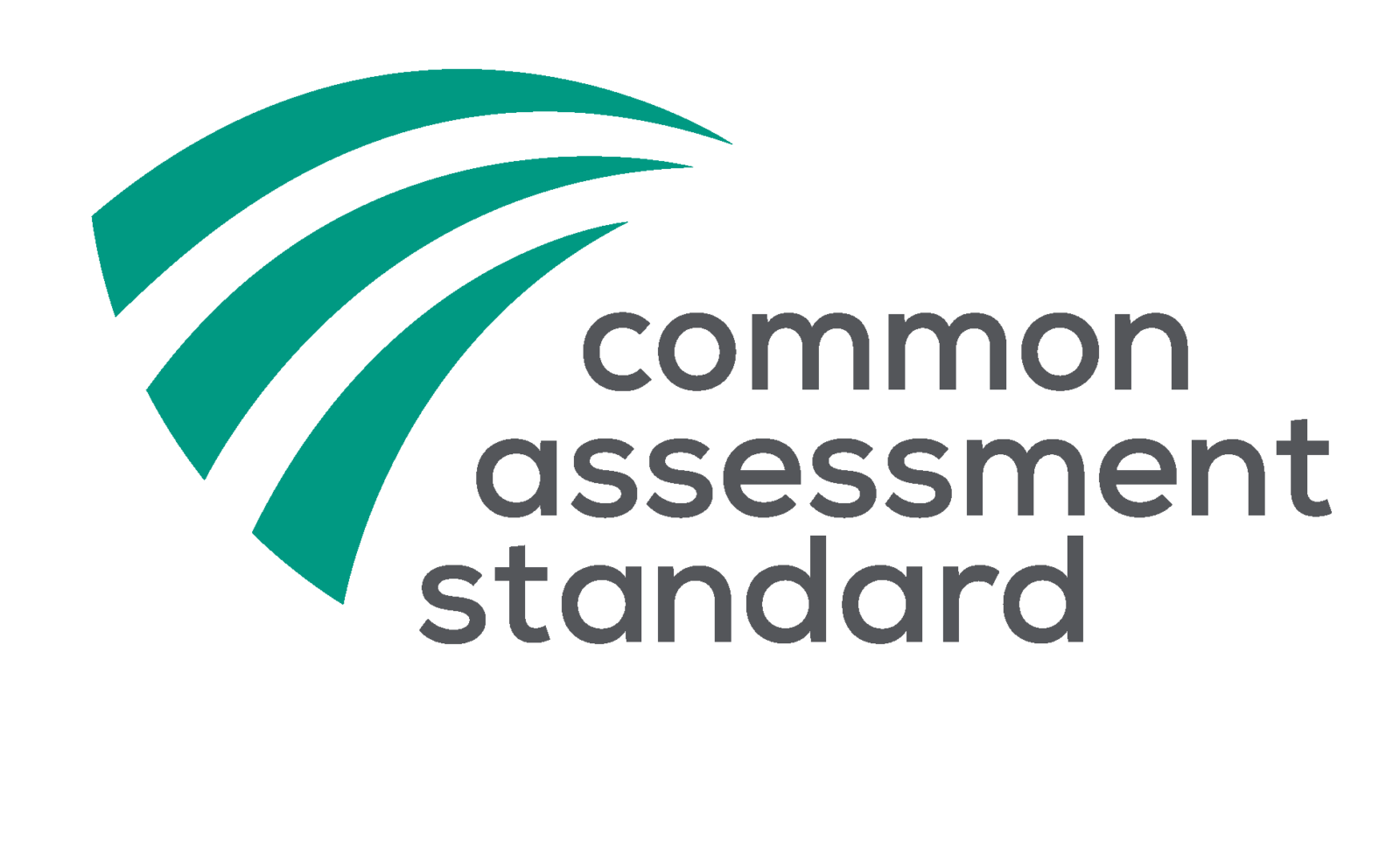When a fire engulfs your business, you may lose your business completely, unable to rebuild and start again. A fire could mean the end of a dream and the beginning of a nightmare.
The Regulatory Reform (Fire Safety) Order 2005 is the law relating to fire safety in non-domestic premises. Under this legislation there is the requirement to eliminate or reduce the risk of fire as far as is reasonably practicable.
Fire dampers are a part of the fire protection system of a premises and as such require regular inspection and testing to ensure that they are correct, and in good working order.
Fire dampers are designed and installed to contain fires, so fire and rescue authorities can have the correct amount of time to address the fire whilst the building’s occupants can escape to safety.
Keep reading to learn more about fire dampers.
Fire Dampers: What Are They?
Fire dampers are part of a buildings passive fire protection system. Contractors install fire dampers inside ductwork which can help prevent the spread of fires from one compartment to another. As a result the dampers need to be fitted in fireproof walls, ceilings, floors or partitions.
Fire dampers usually come with a fusible link (thermal element). The link activates when higher than normal temperatures melt it. This will then allow the damper to close to secure a fire barrier within the ductwork. A closed damper will help localise a fire and keep it from spreading to the rest of the building.
Multiple different designs and styles of dampers exist, but all do the same thing. They keep people in your building alive, giving them more time to escape the fire.
Maintaining Fire Dampers
The British Standard 9999: 2017 requires all dampers to be tested by a competent person after a qualified contractor installs them. Do not just have your dampers installed and then forget about them. All fire dampers require testing as a minimum annually as per the British Standard 9999:2017.
Industry specific guidance produced by the Building Engineering Services Association (BESA) gives all the required parameters and requirements for the maintenance, inspection and test of all dampers. BESA VH001 is the best practice guidance available to building owners and occupiers.
Make sure you have your fire damper tested after installation. VSS can then put a compliant PPM schedule together to ensure that your fire dampers are tested once a year.
All fire dampers should be tested and inspected by a competent company and a competent person. All Ventilation Surveys and Services engineers are trained and competent in the tasks required for annual fire damper tests as per BESA VH001 and BS9999:2017.
While maintenance seems like a tedious task, regularly having your dampers tested can save lives as well as your building.
You should have a complete list of all the dampers fitted to your premises and also a drawing showing their locations within the buildings. Fire dampers should be fitted to the various fire compartments.
Some dampers may be problematic particularly in older premises where the need for access to inspect and test the dampers was overlooked. All dampers should be readily accessible by a maintenance engineer although by the nature of their design it will need a specialist to ensure that the maintenance is done correctly with industry guidance.
Fire Damper Types
There are numerous different designs and types of fire dampers, the main types are detailed below:
Mechanical Dampers: These dampers are static dampers and usually work with a fixed fusible link that melts at a specified temperature to release a spring mounted curtain that secures in place to form the fire barrier. These damper types require manually releasing, cleaning and resetting at least annually.
Automated Dampers: These dampers are usually linked to a fire controls system and will be linked to the main fire control strategy. A motorised actuator will close the single or multi bladed damper to form the fire barrier. Although these dampers are often able to be activated remotely, there is still the need to clean the damper and visually verify that it opens and closes correctly.
Do your fire dampers need testing? Our experts can evaluate your fire dampers and make sure they’re in correct working order before a fire compromises your building. Contact us today.












